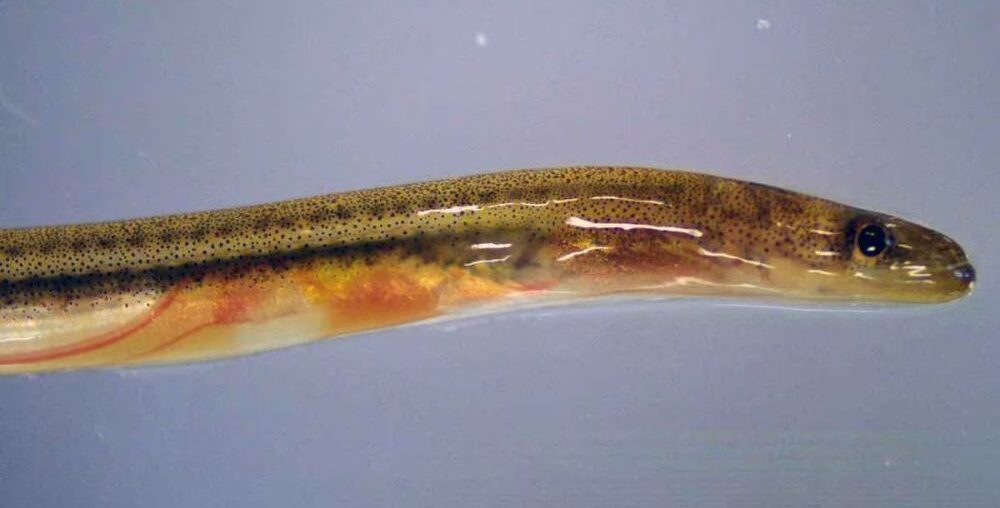The Japanese eel is a well-known ingredient in Japanese cuisine. However, wild populations are shrinking, raising concerns about potential extinction and rising prices. Overfishing and environmental damage are major causes, while predatory fish also pose a threat to young eels during their growth stages. However, researchers at Nagasaki University have discovered an extraordinary survival skill in juvenile eels that enables them to escape from predators even after being swallowed. So, how do they accomplish this remarkable feat?
Decline of Wild Eel Populations
The Japanese eel inhabits rivers and estuaries, spending 5 to 15 years maturing before migrating to spawn near the Mariana Trench, about 2,000 kilometers south in the Pacific.
After hatching, the larvae — known as leptocephalus and shaped like willow leaves — travel westward on the North Equatorial Current, reaching waters near the Philippines and Taiwan.
From there, they ride the Kuroshio Current northward, transforming into juvenile glass eels, or “shirasu-unagi,” and returning to local shores. Glass eels caught at river mouths are raised in captivity, eventually becoming the farmed eels sold in stores.


The Great Escape
Researchers from Nagasaki University set out to uncover the defensive strategies of juvenile eels. The team investigated how these young eels responded when confronted with the dark sleeper, a predatory freshwater goby that can grow up to 25 centimeters in length.
To study this, they placed juvenile eels, measuring 6 to 7 centimeters long and still darkly pigmented, into tanks containing a dark sleeper and filmed the encounters.
Continue reading the full article on Japan 2 Earth (J2E), our affiliated website sparking a transition to a sustainable future by spotlighting the latest environmental innovations from Japan.
RELATED:
Author: Juichiro Ito, The Sankei Shimbun


